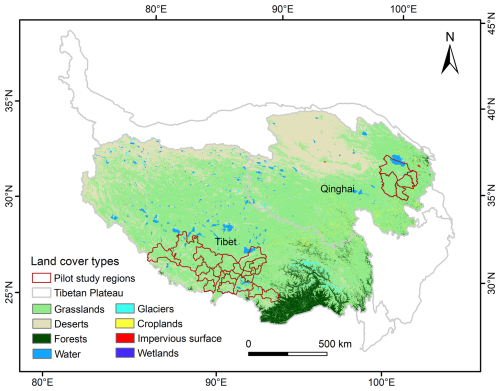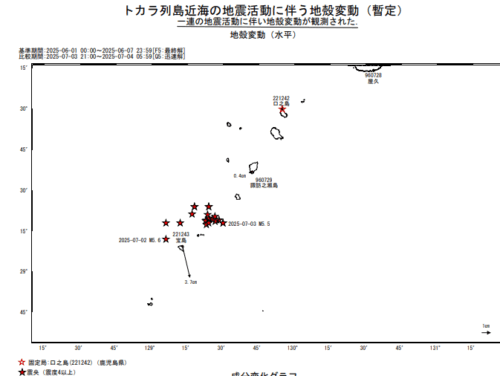2025-07-04 マサチューセッツ工科大学 (MIT)
<関連情報>
- https://news.mit.edu/2025/robotic-probe-quickly-measures-key-properties-new-materials-0704
- https://www.science.org/doi/10.1126/sciadv.adw7071
半導体特性の自律的接触ベースの空間マッピングのための自己教師ロボットシステム A self-supervised robotic system for autonomous contact-based spatial mapping of semiconductor properties
Alexander E. Siemenn, Basita Das, Kangyu Ji, Fang Sheng, and Tonio Buonassisi
Science Advances Published:4 Jul 2025
DOI:https://doi.org/10.1126/sciadv.adw7071

Abstract
Integrating robotically driven contact-based material characterization techniques into self-driving laboratories can enhance measurement quality, reliability, and throughput. While deep learning models support robust autonomy, current methods lack reliable pixel-precision positioning and require extensive labeled data. To overcome these challenges, we propose an approach for building self-supervised autonomy into contact-based robotic systems that teach the robot to follow domain expert measurement principles at high throughputs. We demonstrate the performance of this approach by autonomously driving a 4-DOF robotic probe for 24 hours to characterize semiconductor photoconductivity at 3025 uniquely predicted poses across a gradient of drop-casted perovskite film compositions, achieving throughputs of more than 125 measurements per hour. Spatially mapping photoconductivity onto each drop-casted film reveals compositional trends and regions of inhomogeneity, valuable for identifying manufacturing defects. With this self-supervised neural network–driven robotic system, we enable high-precision and reliable automation of contact-based characterization techniques at high throughputs, thereby allowing measurement of previously inaccessible yet important semiconductor properties for self-driving laboratories.



